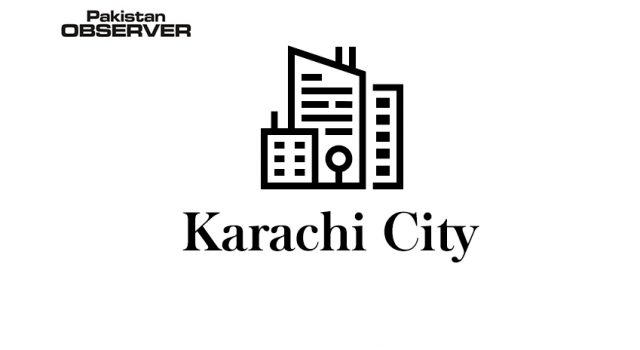Monitoring Desk
Karachi’s urban environment and infrastructure provision have not kept pace with its growth, and green areas have decreased by four per cent, whereas the urban extent in the core city has expanded by 8pc between 2005 and 2017, says a new World Bank report.
The WB report titled ‘The hidden wealth of cities: creating, financing and managing public places’, launched at the World Urban Forum in Abu Dhabi, stated that the average number of street intersections per square kilometre is 71.7 — which is lower than the United Nations Human Settlements Programme benchmark of 100 intersections per square kilometre, and the average road length per square kilometre is 13.21. Informal settlements are also pervasive in the central part of Karachi, the report says.
The city’s population grew from 10 million in 1998 to 16m in 2017, primarily through immigration. The urban extent also grew by 8pc from 2005 to 2017, consisting of 13.4 square kilometres in the core city and 211.8 square kilometres in the larger urban zone. Karachi appears to have an equally accessible and connected public-space network. The share of public spaces out of total built-up areas is 14pc; the share of street areas is 8.7pc. Even though the share is relatively lower than in Dhaka and Lima, almost 95pc of people live within 400 metres of open green areas.
Public spaces in Karachi appear to be highly connected to one another, and a closer examination of public-space typology shows a considerable number of unclassifiable public spaces and a relative lack of neighbourhood parks in the city. Moreover, despite being a highly residential city, many residential neighbourhoods in Karachi have almost no green areas that can provide environmental and social benefits for people.
Despite being some of the densest urban areas in the world, cities such as Dhaka and Karachi have large areas of vacant and open land — around 15 to 21pc of the total built-up areas. These areas could be transformed as new public spaces, either on government-owned land or incorporated as part of private urban developments.
Karachi’s non-street public spaces reach an estimated 95pc of the population, meaning that almost all residents had at least one public space, such as a neighbourhood park or a public facility, in close proximity within their neighbourhood.







